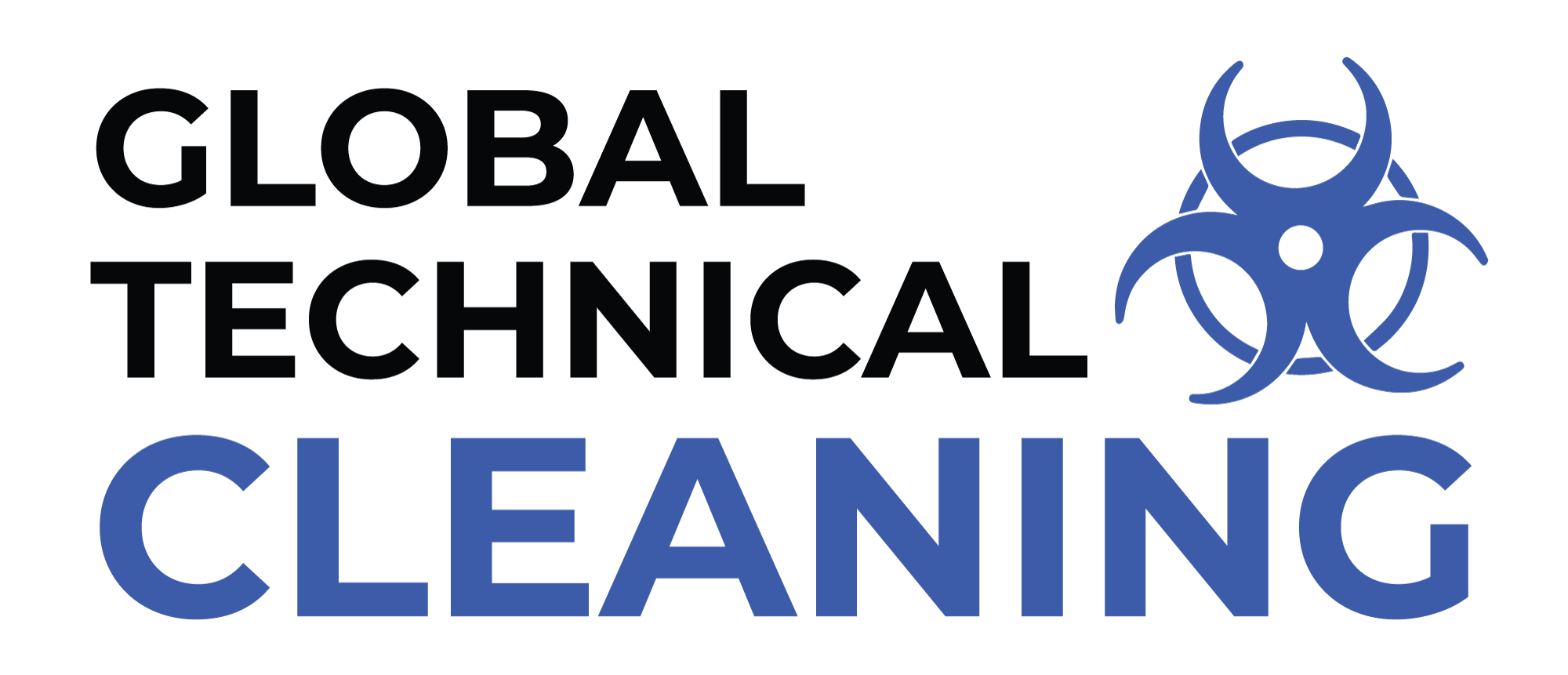Introduction
In an age where health and safety have become paramount, biohazard cleaning has emerged as a crucial service in various sectors, including residential, commercial, and healthcare environments. Biohazard cleaning refers to the meticulous removal and decontamination of materials that pose health risks, such as blood, bodily fluids, and hazardous substances. This blog will delve into the importance of biohazard cleaning, the health risks associated with improper cleanup, the decontamination processes involved, and why hiring professionals is essential for effective biohazard cleanup.
What is Biohazard Cleaning?
Biohazard cleaning is a specialized service designed to handle materials that are harmful to human health. These materials may include bloodborne pathogens, infectious agents, and hazardous chemicals. Biohazard cleanup is necessary in various scenarios, including crime scenes, accidents, infectious disease outbreaks, and industrial incidents.
The scope of biohazard cleaning extends beyond simply cleaning up visible contaminants. It involves a comprehensive approach to ensure that the area is thoroughly decontaminated and safe for reoccupation. This includes not only the removal of hazardous materials but also the disinfection of surfaces to eliminate any residual pathogens.
Health Risks of Improper Cleanup
Failure to conduct thorough biohazard cleanup can lead to severe health risks for individuals who come into contact with contaminated materials. Bloodborne pathogens, such as HIV, hepatitis B, and hepatitis C, can survive outside the body for extended periods, putting individuals at risk of infection. Improperly handled biohazardous materials can also lead to the spread of infectious diseases, posing a threat not only to the affected individuals but also to the surrounding community.
In addition to biological hazards, there are also chemical risks associated with improper cleanup. Hazardous substances may release harmful fumes or residues that can lead to respiratory problems and other health issues. Therefore, it is essential to address biohazardous situations promptly and professionally to mitigate these risks.
Decontamination Processes
Professional biohazard cleaning services utilize specialized techniques to ensure thorough decontamination of affected areas. The decontamination process typically involves the following steps:
- Assessment: Before any cleanup begins, a thorough assessment of the scene is conducted to determine the extent of contamination and identify the necessary precautions.
- Personal Protective Equipment (PPE): Technicians wear appropriate PPE, including gloves, masks, goggles, and protective suits, to minimize exposure to hazardous materials.
- Containment: The area is contained to prevent the spread of contaminants. This may involve using physical barriers, such as plastic sheeting, to isolate the affected area.
- Removal of Contaminated Materials: Technicians carefully remove and dispose of any contaminated materials, including biohazardous waste. This process is conducted according to local regulations and guidelines.
- Cleaning and Disinfection: After the removal of hazardous materials, surfaces are thoroughly cleaned and disinfected using EPA-approved disinfectants. This step is crucial for eliminating any residual pathogens.
- Final Inspection: Once the cleaning process is complete, a final inspection is conducted to ensure that the area is safe for reoccupation.
Why Choose Professional Services?
While some may consider handling biohazard cleanup on their own, it is crucial to recognize the importance of hiring professionals for this task. Professional biohazard cleaning services are equipped with the expertise, training, and tools necessary to handle hazardous materials safely and effectively. Here are several reasons why you should choose professional services:
- Expertise and Training: Biohazard cleaning requires specialized training to ensure safety and compliance with regulations. Professionals are knowledgeable about the appropriate techniques and safety protocols necessary for effective cleanup.
- Compliance with Regulations: Biohazard cleanup is subject to strict regulations set forth by organizations such as OSHA and the CDC. Professional services are well-versed in these regulations and ensure compliance to minimize liability.
- Health and Safety: Professionals prioritize the health and safety of both themselves and the individuals in the surrounding area. By employing trained technicians, you can rest assured that the cleanup is conducted safely and thoroughly.
- Peace of Mind: Dealing with a biohazard situation can be emotionally distressing. Hiring professionals allows you to focus on recovery while experts handle the cleanup, providing peace of mind during a challenging time.
- Time and Efficiency: Professional biohazard cleaning services can complete the cleanup process more quickly and efficiently than an untrained individual. This efficiency minimizes downtime and allows affected individuals to return to normalcy sooner.
Conclusion
In conclusion, biohazard cleaning is an essential service that plays a critical role in maintaining public health and safety. With the potential for severe health risks associated with improper cleanup, it is vital to trust professionals who specialize in biohazard cleanup. By ensuring thorough decontamination processes, adhering to safety regulations, and prioritizing the well-being of individuals, professional biohazard cleaning services are an indispensable part of managing hazardous situations. If you find yourself in need of biohazard cleaning, don’t hesitate to reach out to experts who can provide the support and expertise necessary for a safe and effective cleanup.
